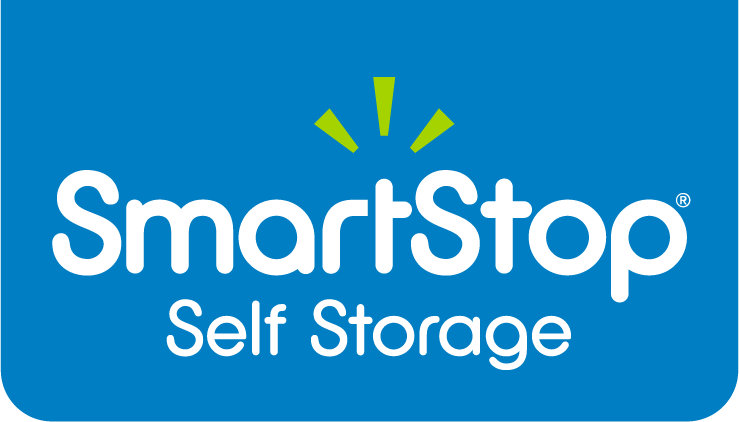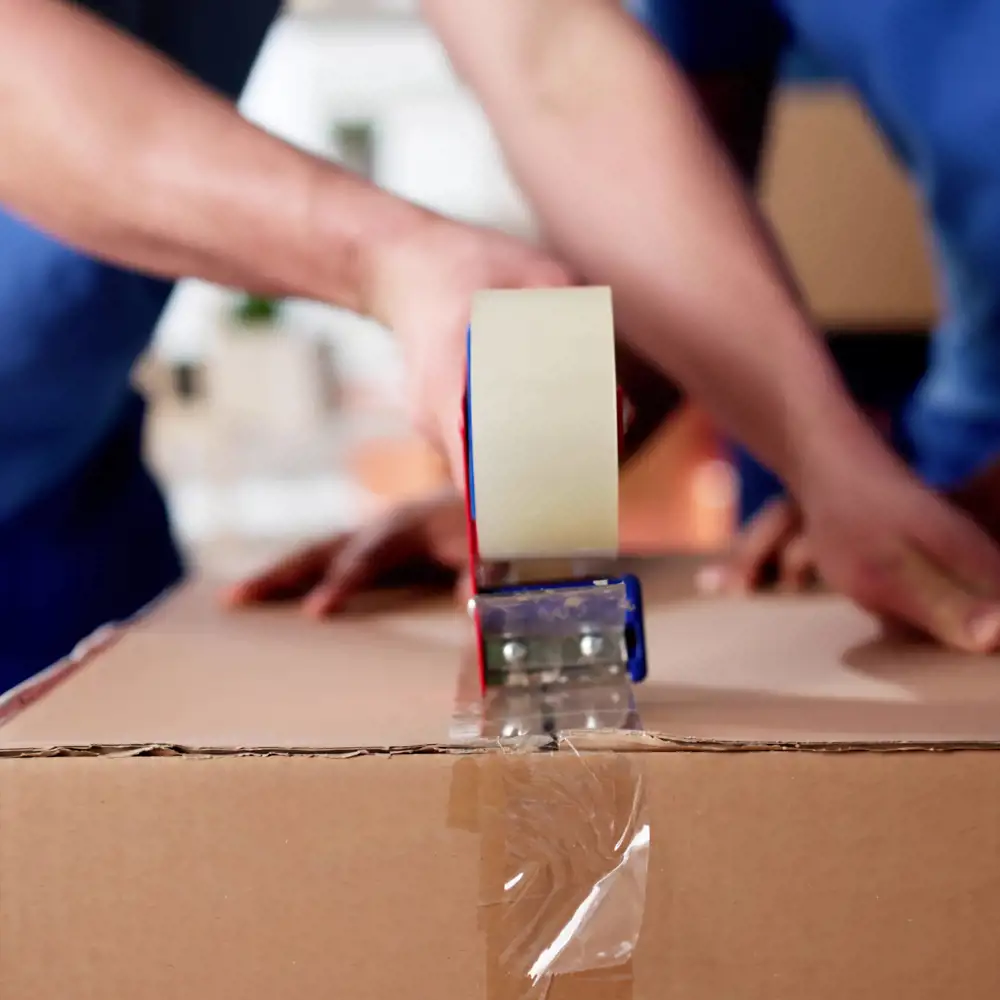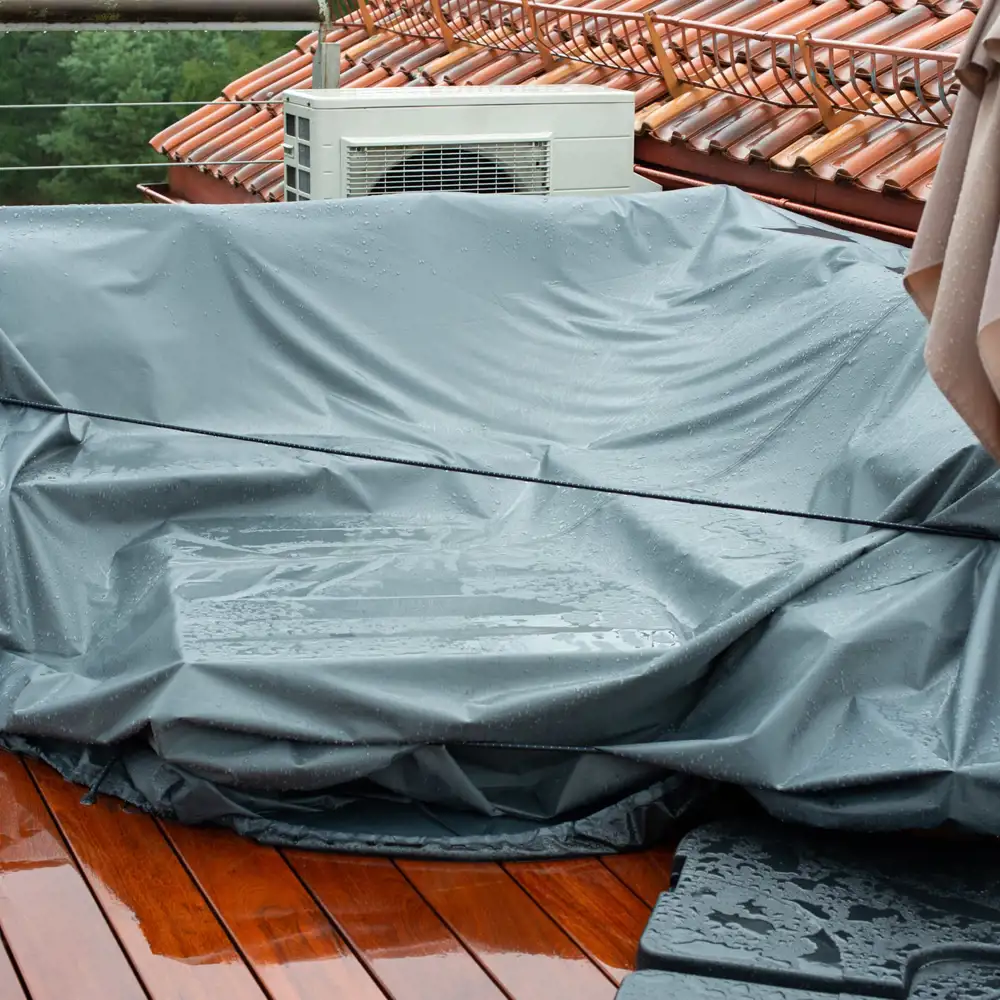Self-storage can simplify your life in many ways, whether you’re downsizing, moving or just need a little extra breathing room at home. But without the right tools, what starts as a smart solution can quickly become a source of stress. Disorganized boxes, forgotten due dates and misplaced items can turn even the most spacious unit into a black hole of clutter. That’s why setting yourself up with the right tools and strategies from the start makes all the difference.
From digital tools like SmartStop’s mobile app to physical essentials like high-quality packing supplies and secure locks, this guide covers the must-haves for making your storage experience smooth and efficient.
- SmartStop Mobile App
- Set It and Forget It With SmartPay + Autopay
- Don't Skip Storage Insurance
- Keep a Master Inventory List
- Use a Storage Unit Size Guide Before Renting
- Follow a Moving Checklist and Moving Tips Guide
- Invest in Quality Moving and Packing Supplies
- Pack Like a Pro: Storage-Specific Strategies
- Secure Your Unit With the Right Lock
- Additional Tools for Long-Term Organization
1. SmartStop Mobile App
Think of the SmartStop Self Storage app as your personal dashboard or storage “command center” for everything storage-related. With a few taps, you can view your account details, make payments, update contact information, access your unit’s gate code, create an inventory list and even call customer support directly. It's especially helpful if you’re managing storage while juggling a move or traveling, without having to dig through emails or paperwork to find key details. The app also integrates with SmartPay, making it easy to handle billing without logging into multiple platforms.
You can download the SmartStop app from the Google Play Store or Apple App Store — or use the QR code below.

2. Set It and Forget It With SmartPay + Autopay
One of the easiest ways to avoid late fees and stay on top of your storage rental is to automate your payments. SmartStop’s SmartPay system makes it simple — just enroll in autopay and your monthly bill is taken care of without lifting a finger. You’ll still get reminders and receipts, but you won’t have to worry about due dates slipping your mind (especially during a hectic move or travel).
Setting up autopay through the SmartStop app or website takes just a minute, and it gives you peace of mind knowing your account is in good standing, especially if you’re a long-term storage user.
3. Don't Skip Storage Insurance
Even with the most secure facility, accidents and unexpected events can happen: flooding, fires, break-ins and even pest damage. That’s where storage insurance comes in. Many storage facilities require some form of insurance before you can rent a unit, but if yours doesn’t, we highly recommend that you consider it.
Some storage providers, including SmartStop, offer affordable insurance options right at move-in, with different coverage levels depending on the value of your stored items. Before signing up, take a quick inventory of what you’re storing and choose a plan that fits. If you already have renters’ or homeowners’ insurance, check whether it covers items in storage — often it does, but with limitations.
4. Keep a Master Inventory List
If you’ve ever dug through a dozen boxes looking for one item, you already know the value of a solid inventory list. Creating one before you move into your unit makes it infinitely easier to find, replace or retrieve what you need, especially for things like seasonal items, archived paperwork and heirlooms you don’t access often. It also helps if you need to file an insurance claim or plan future storage upgrades.
The easiest method? Use a simple spreadsheet or note app to track each box and its contents, labeling boxes with numbers or QR codes. For extra organization, include photos and flag items by category (e.g., “holiday,” “office, “fragile”). If you’re renting with SmartStop, you can keep track of items directly in the SmartStop app.
5. Use a Storage Unit Size Guide Before Renting
One of the most common (and costly) mistakes people make with self storage is choosing the wrong unit size. Go too small, and you’ll end up with a cramped, unusable space. Go too big, and you’re paying for square footage you don’t need. Using a storage size guide before you book can help you avoid both of these situations.
SmartStop offers an online size guide that helps you visualize exactly how much each unit can hold, from the contents of a single closet to a multi-room home. If you anticipate your storage needs to change over time, don’t worry — most storage companies, including SmartStop’s, allow you to easily upgrade to a larger unit or downgrade to a smaller unit within the same facility.
6. Follow a Moving Checklist and Moving Tips Guide
Moving and storing often go hand in hand, and both benefit from planning ahead. A well-structured moving checklist helps break down the chaos into manageable tasks: reserving your unit in advance, gathering supplies, labeling boxes and loading your vehicle strategically.
SmartStop offers a downloadable Ultimate Moving Checklist and tips guide to keep everything on track. Use it to schedule tasks by week, double-check essentials and avoid last-minute scrambling, whether you’re moving across the country or across town.
7. Invest in Quality Moving and Packing Supplies
The right supplies can make or break your storage experience. Flimsy boxes collapse under weight, cheap tape peels off in humidity and unprotected furniture can warp, scratch or mold over time. That’s why it pays to invest in quality moving and packing materials upfront.
Some essentials to have on hand include:
- Heavy-duty cardboard boxes or plastic bins with secure lids
- Packing tape (preferably with a dispenser)
- Bubble wrap and stretch wrap for fragile items
- Mattress and furniture covers to protect against dust and moisture
- Labels and permanent markers for easy identification
Many SmartStop locations sell moving supplies on-site, so you can grab what you need before loading your unit.
8. Pack Like a Pro: Storage-Specific Strategies
Packing for storage is different from packing for a move. You’re not just trying to get things from Point A to Point B — you’re setting up a system you might need to access weeks or months later. That means thinking ahead and packing with purpose.
- Pack in tiers: Put heavier, sturdier items on the bottom and lighter, fragile ones on top.
- Use vertical space: Stack boxes carefully, and consider adding freestanding shelving for frequently accessed items.
- Leave a path: Create an aisle so you can reach items in the back without unloading the entire unit.
- Disassemble furniture: Remove legs from tables, break down bed frames and store hardware in labeled bags taped to the item to maximize space.
- Protect sensitive items: Use moisture absorbers or climate-controlled units for anything vulnerable to temperature and humidity changes.
- Pad delicate items: For items that are fragile or prone to breakage, be sure to pad them carefully using bubble pack, packing paper, biodegradable foam peanuts or specialty packing materials to ensure they’re kept safe in storage.
9. Secure Your Unit With the Right Lock
A quality lock is your first line of defense, and not all locks are created equal. Many facilities recommend or even require disc locks, which are specifically designed for storage units. Unlike traditional padlocks, disc locks have a smaller shackle that's harder to cut or tamper with, offering superior security.
When choosing a lock, look for:
- Hardened steel construction
- Anti-pick features
- Weather resistance for outdoor units
Investing in a good lock is a small cost that delivers major peace of mind. And if you’re unsure what type you need, many SmartStop locations sell approved locks onsite.
10. Additional Tools for Long-Term Organization
If you plan to access your storage unit regularly (or store items long-term), it’s worth adding a few extra tools to keep things functional and easy to navigate over time:
- Shelving units: Freestanding racks help maximize vertical space and make retrieving items simple.
- Clear bins: Unlike cardboard boxes, they let you see what’s inside at a glance.
- QR code labels: Digitally track box contents using your phone — ideal for rotating seasonal items.
- Moisture absorbers: Prevent mildew and odors in humid climates.
- Step stool: Useful for reaching high stacks safely.
- Portable lamp: Storage units don’t have electricity, so having a battery-powered lamp within your unit can help you see things more clearly.









